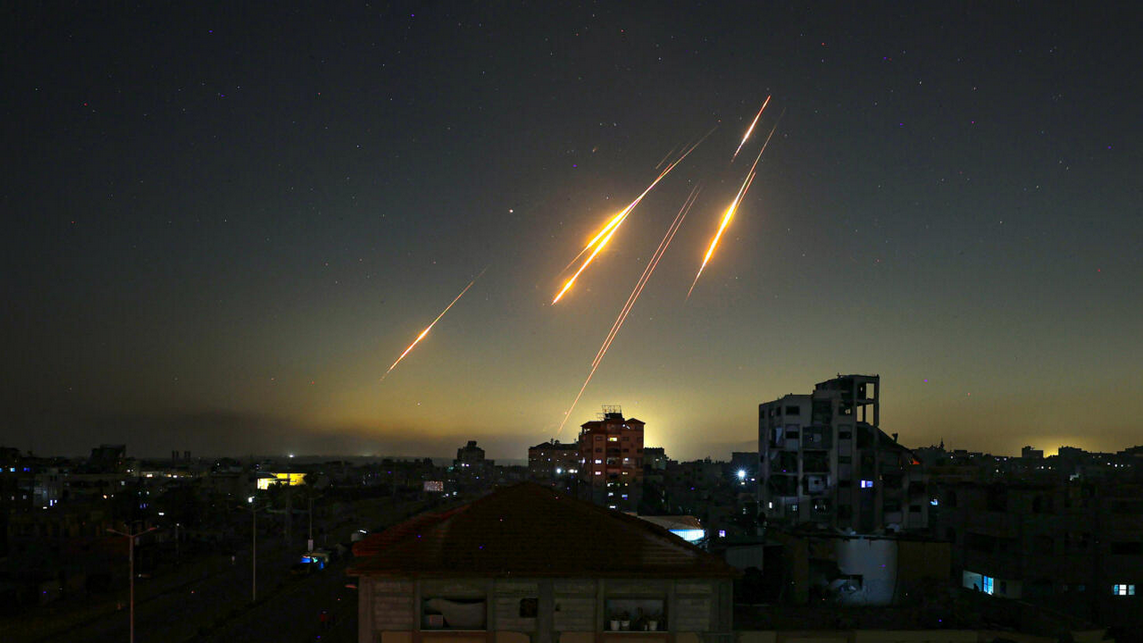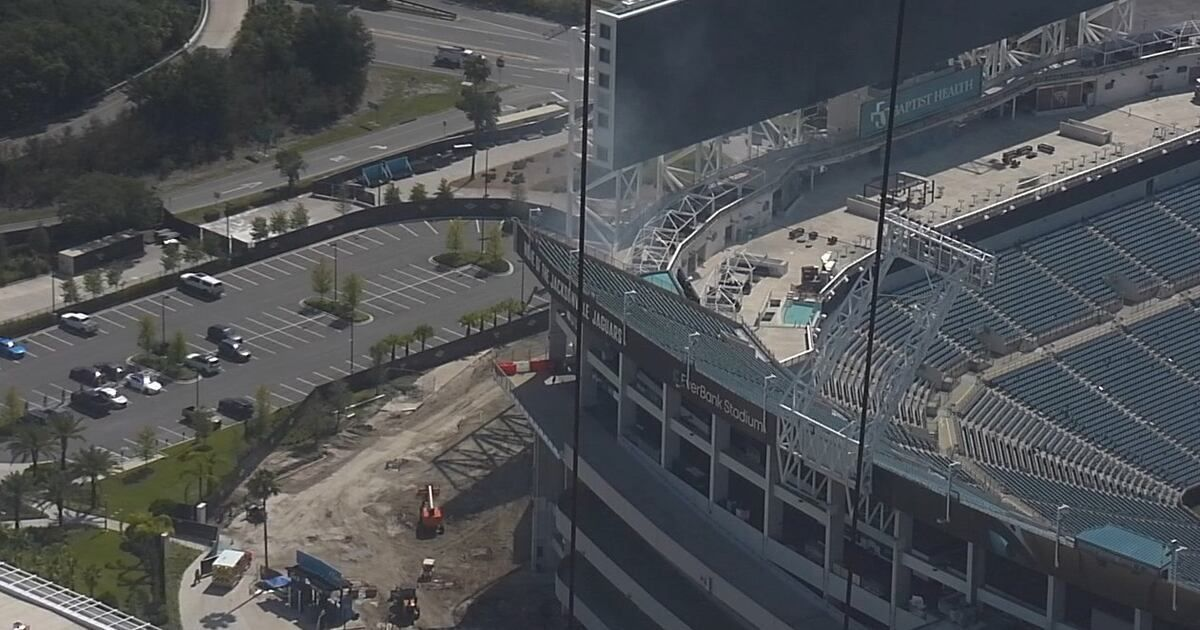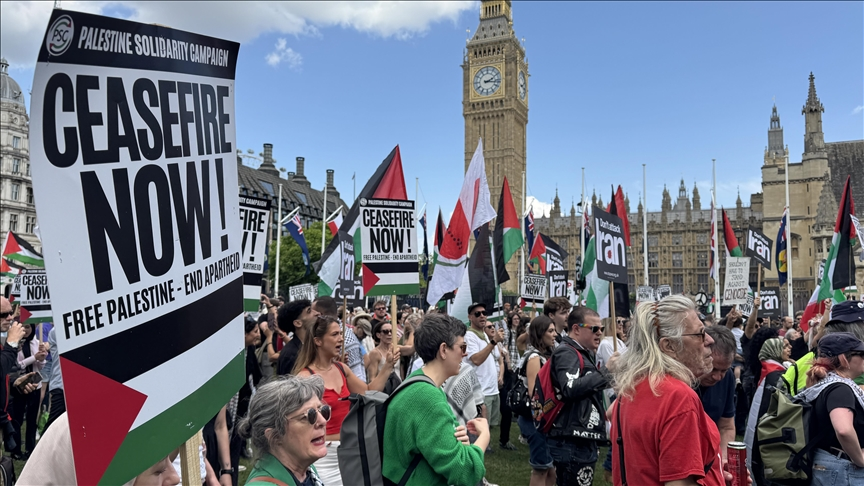The escalating tensions between Israel and Iran reached a fever pitch on June 20th, 2025, with Israel launching a daring and unprecedented series of strikes targeting key Iranian military infrastructure within Tehran itself. The attack, while swift and precise, has sent shockwaves across the globe, prompting immediate reactions from world powers and raising the specter of a wider regional conflict. This blog post delves into the details of the attack, analyzes the potential motivations behind it, and examines the far-reaching implications for the volatile geopolitical landscape of the Middle East and beyond.
The Attack: A Precise Surgical Strike?
Reports suggest that the Israeli strikes focused on specific targets within Tehran, including facilities linked to Iran’s Islamic Revolutionary Guard Corps (IRGC) and its ballistic missile program. The level of precision involved points towards sophisticated intelligence gathering and a carefully planned operation. While initial reports vary, the extent of damage and casualties remains unclear, with official statements from both sides remaining guarded and often contradictory. Some reports speak of minimal civilian casualties, emphasizing the surgical nature of the strikes. Others, however, suggest more significant damage and a higher toll, painting a picture of a far more destructive event. The lack of transparency fuels speculation and contributes to the overall uncertainty surrounding the incident.
What remains consistent across multiple sources is the use of advanced weaponry. Reports suggest a combination of air-launched and potentially cyber capabilities were employed, underscoring the technological sophistication of the Israeli military and its commitment to minimizing collateral damage while simultaneously achieving significant strategic objectives. The exact methods employed, however, are likely to remain classified for security reasons.
Israel’s Motivations: A Multifaceted Strategy?
The motivations behind Israel’s bold move are complex and likely multifaceted. Analysts point to several key factors:
Countering Iranian Regional Influence:
- Deterrence: The primary goal may have been to send a clear and unambiguous message to Iran and its proxies across the region, deterring further aggressive actions against Israel and its allies.
- Disruption: The targeting of Iranian military infrastructure, particularly those linked to its ballistic missile program, is a direct attempt to disrupt Iran’s ability to project power and support its regional allies.
- Preemptive Strike?: Some analysts suggest the strikes could be interpreted as a preemptive measure, aimed at preventing Iran from developing more advanced weapons capabilities or launching a major offensive.
Responding to Iranian Escalation:
The attack follows a period of increasing tension between Israel and Iran, marked by several alleged attacks on Israeli interests and escalating rhetoric from both sides. The Israeli government may have viewed the strikes as a necessary response to perceived Iranian provocations and a means to establish a new, more assertive stance against the Islamic Republic.
Internal Israeli Politics:
The timing of the strikes also raises questions about their potential connection to domestic Israeli politics. The bold action could be seen as a show of strength and decisiveness by the current Israeli government, aiming to bolster its popularity and consolidate its position ahead of potential elections or significant internal political decisions.
International Reactions and Global Implications:
The Israeli strikes have triggered a torrent of international reactions, ranging from condemnation to cautious support. The United States, while reportedly having advance knowledge of the operation, has refrained from explicit endorsement, opting for a more measured response focusing on de-escalation and avoiding further escalation of the conflict. European powers have expressed deep concern and called for restraint from all parties involved.
Meanwhile, Iran has vowed a robust response, with its rhetoric becoming increasingly inflammatory. The potential for retaliation, and the risk of a wider conflict involving regional proxies and international powers, looms large. The situation remains extremely volatile, with the potential for the conflict to spread beyond the immediate players involved.
The Road Ahead: Uncertainty and the Risk of Escalation
The long-term consequences of the Israeli strikes on Tehran are still unfolding. The immediate aftermath is characterized by a tense standoff, with the potential for a protracted cycle of escalation and counter-escalation. The response from Iran and its allies will be crucial in determining the trajectory of the crisis. The international community faces the challenge of managing the fallout and preventing the conflict from spiraling out of control. Several scenarios are plausible:
- Limited Retaliation: Iran may opt for a limited, symbolic response, seeking to avoid a full-blown war.
- Proxy Warfare: The conflict could escalate into a proxy war, with Iran and its allies engaging in attacks against Israeli targets and interests across the region.
- Wider Regional Conflict: The escalation could draw in other regional powers, potentially leading to a broader and far more destructive conflict.
- International Intervention: The UN Security Council and other international bodies may attempt to broker a ceasefire and initiate diplomatic efforts to de-escalate tensions.
The coming days and weeks will be critical in determining the future trajectory of this crisis. The international community must urgently work towards de-escalation and a diplomatic solution. The potential consequences of further escalation are severe and could destabilize the entire region, creating lasting consequences for global security.
Disclaimer: This blog post is based on information available at the time of writing and may not reflect subsequent developments. The situation remains dynamic and requires continuous monitoring.










